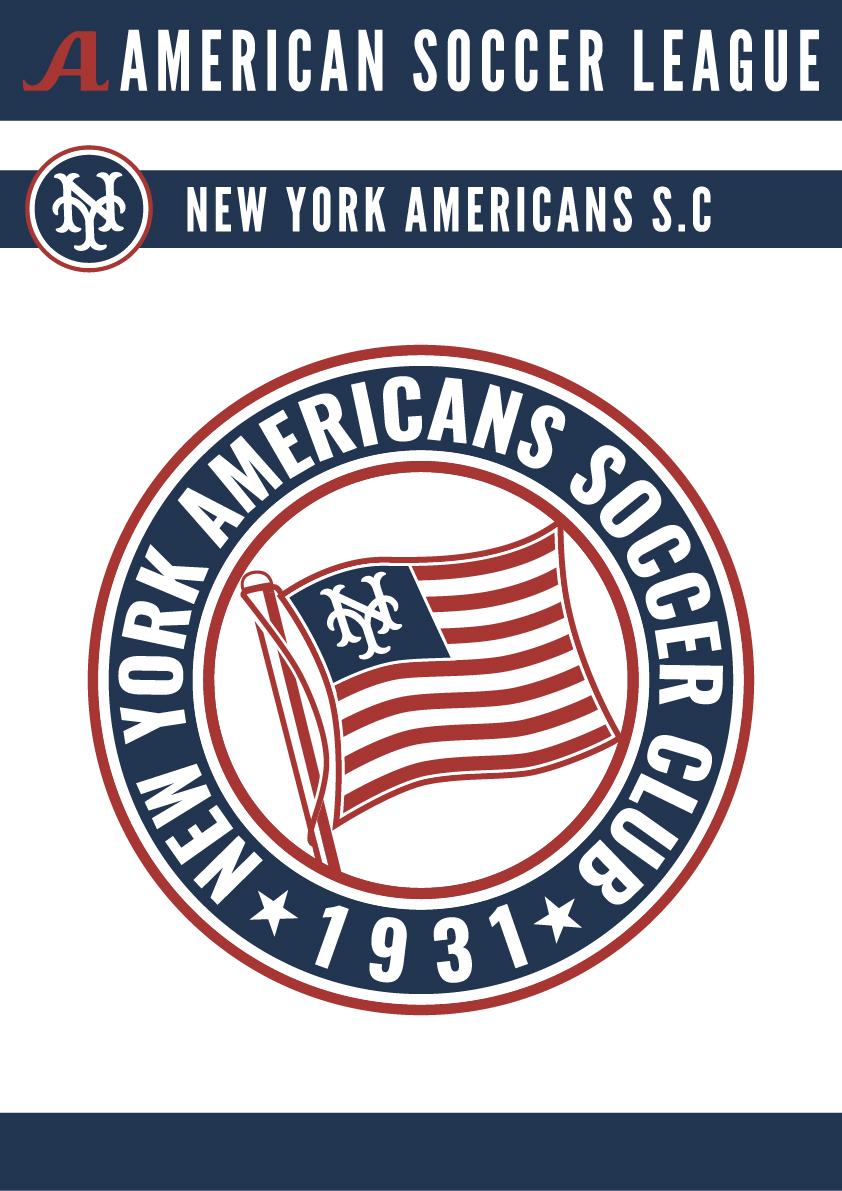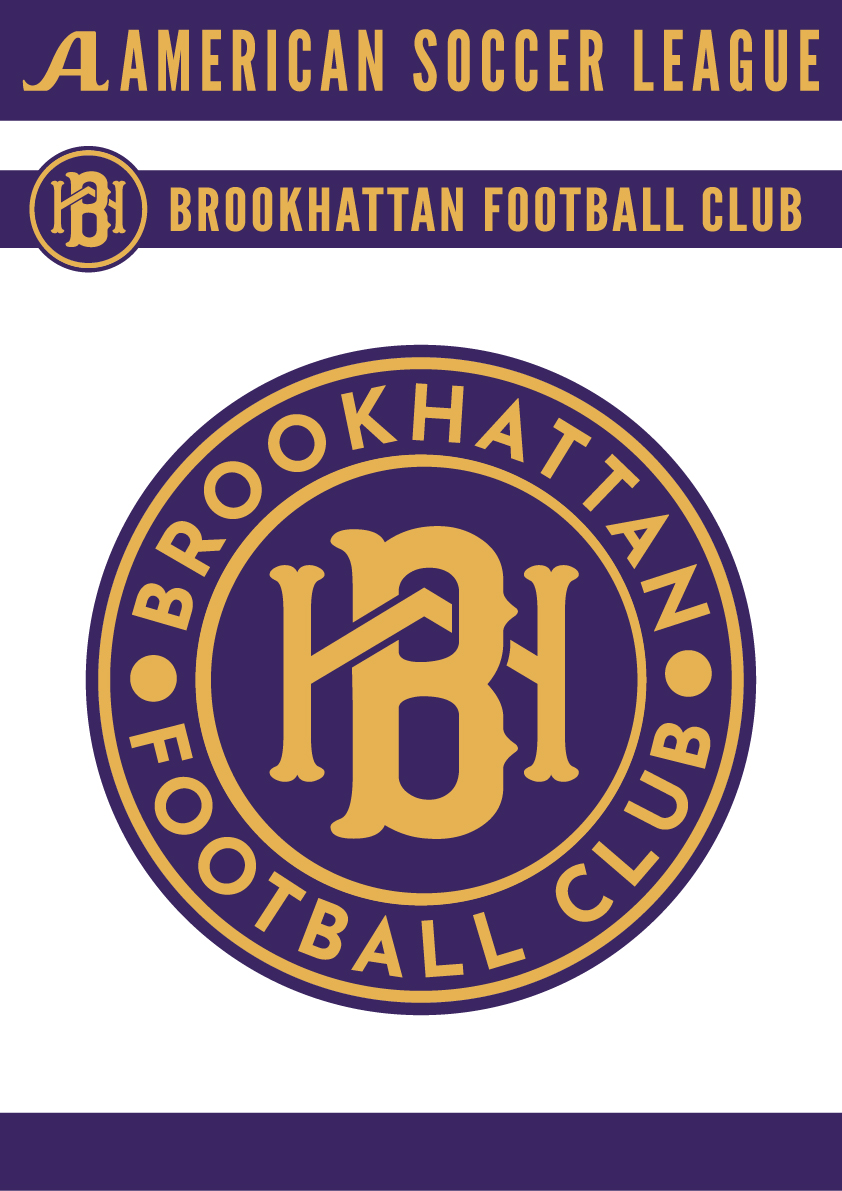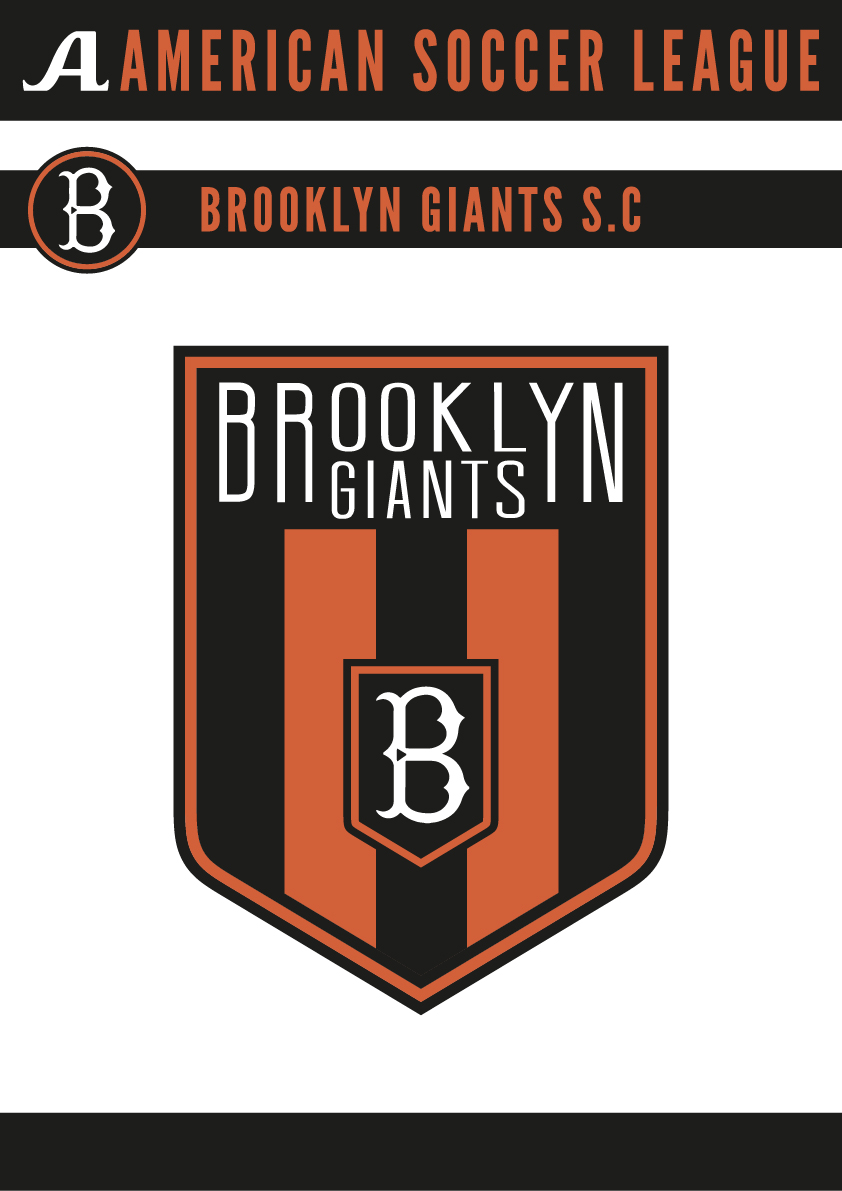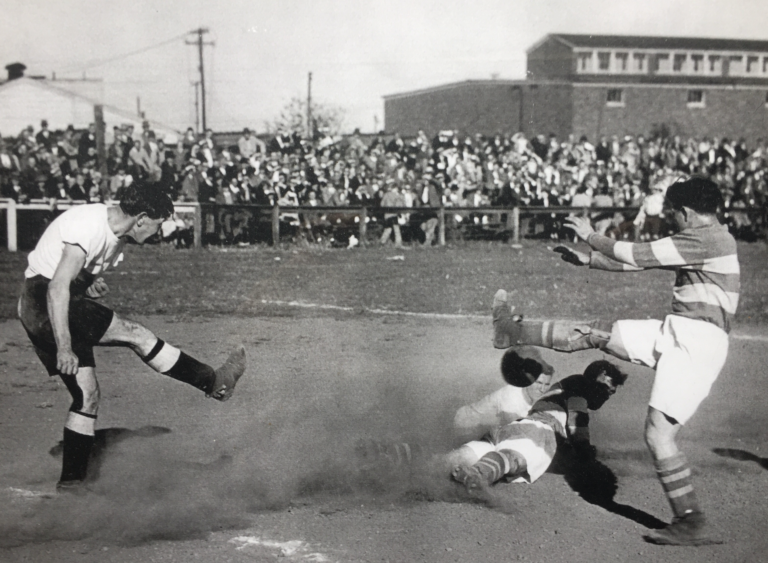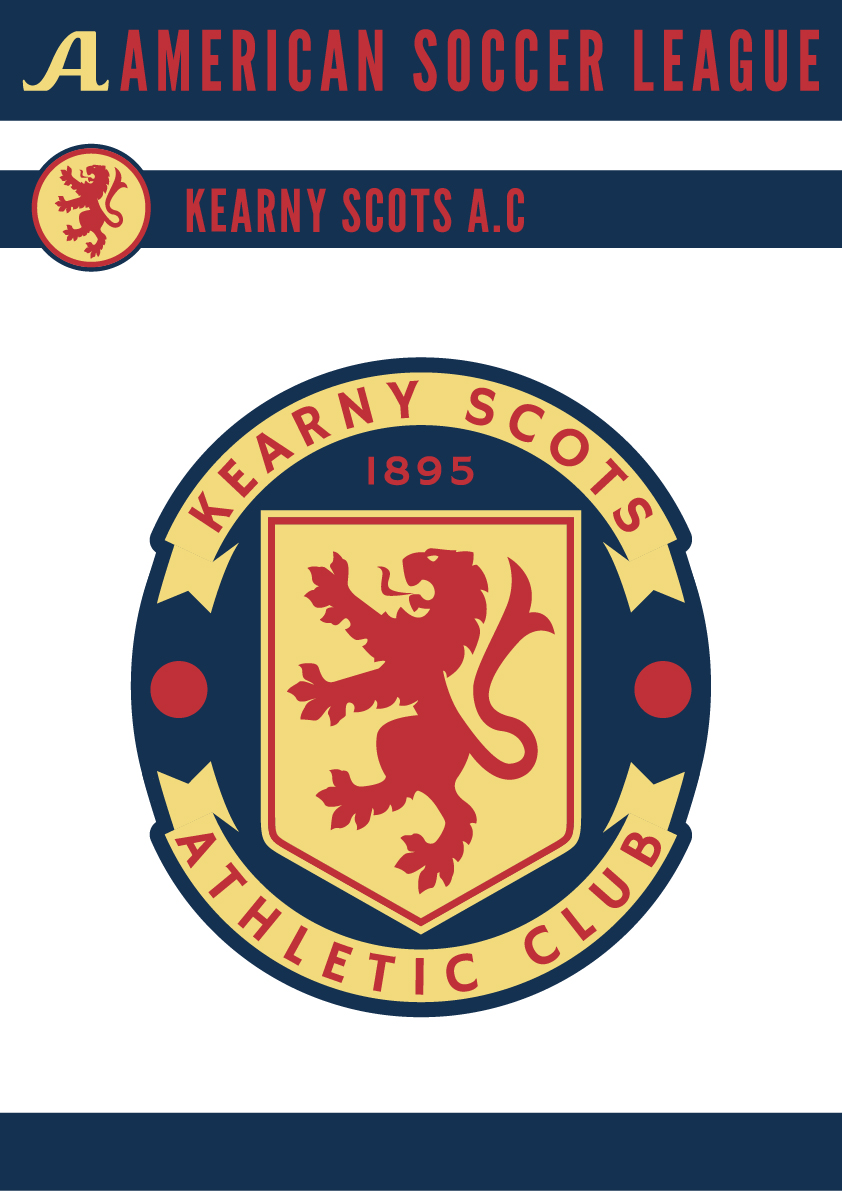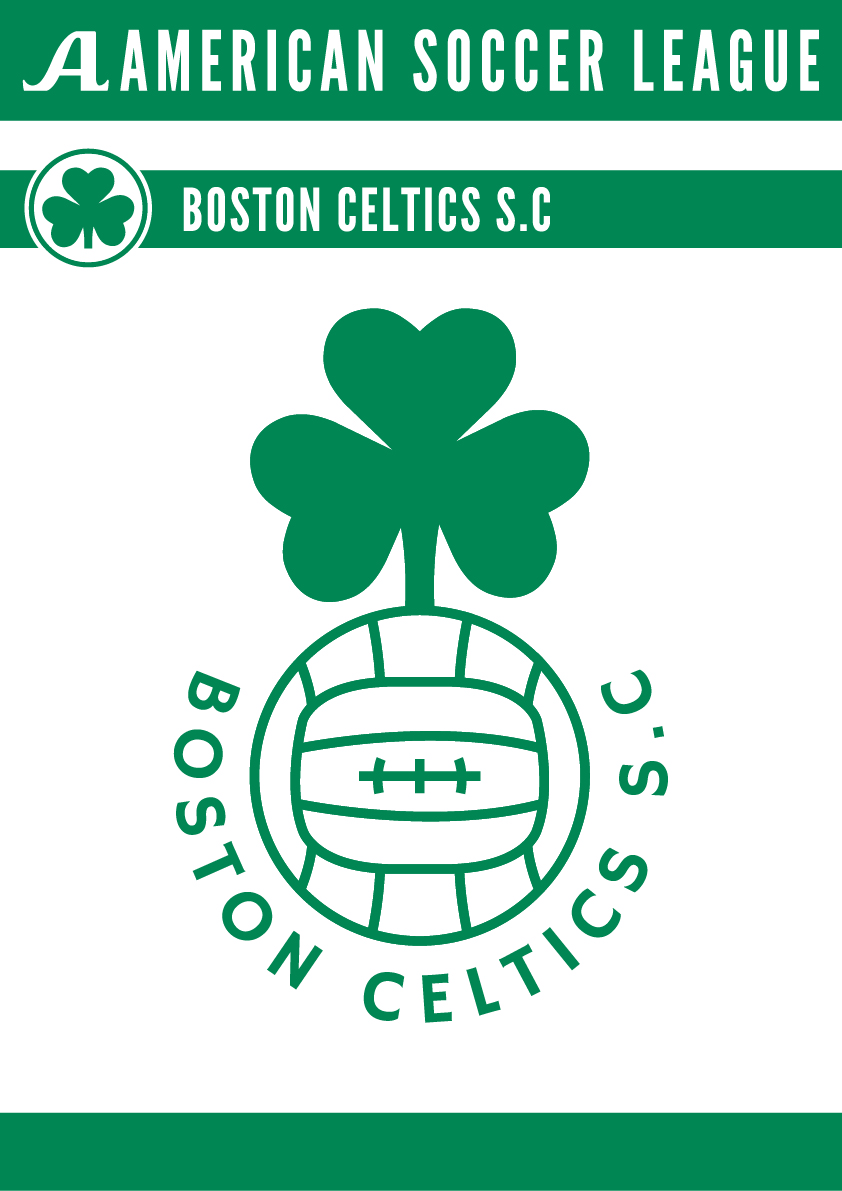The Aftermath & Rebirth (1933-1946)
With the Great Depression still raging and the ramifications of the Soccer Wars still being felt, America had lost some of its most successful and iconic teams when the first American Soccer League folded. However following this collapse, a new batch of clubs reformed the ASL. And taking the lead where the NY Americans and Brookhattan F.C, who had already played in the original league.This new competition would be smaller in scale and had smaller budgets than its predecessor but it would lay the foundation for the soccer landscape of today. The inaugural season saw a fairly impressive level of play and the return of some former stars of the league such as Archie Stark, George Moorhouse, Erno Schwarz and Stan Chesney. During these early days, the league was concentrated in the Northeastern United States and was divided into two divisions, one for the Metropolitan Area and one for New England. While New England had strong teams in the past, the current situation and the financial uncertainty of the time, made the Metropolitan Division the more well regarded of the two, as teams from this area, generally had more resources and a larger pool of talent. The winner of this division was often regarded as the soccer champion of the United States. While the Met was fairly stable and slowly expanding, the New England division already had to be postponed for the 1935/37 season, due to many clubs withdrawing from the league. It returned the next season, but never reached the level of its counterpart. The only team from this division to survive where the *Boston Celtics, who frustrated with the Division’s incompetence replaced Brooklyn St.Mary’s in the Metropolitan Division after they folded for the 1942/43 season. Even though the league had its fair share of setbacks, the metropolitan division was flourishing, even during the war years. With the war running on its last legs, there was suddenly a return of quality soccer players, and also of potential new fans, as American GI’s returned home after being exposed to the sport while in Europe.
*In our timeline, no New England club survived the cancellation of the New England division.
ASL Originals (Part I: New York)
1.New York Americans
(NY Americans Owner and Former Hakoah Vienna player Erno Schwarz)
The Amerks where founded in 1931, when Erno Schwarz a former NY Giants and Hakoah player entered them in the last ever seasons of the original ASL. During this period, Schwarz played, managed and owned the club. After the collapse of the league. The leadership of the Amerks and Brookhattan took the lead in creating a new league. The club had its first Title during the 1935/36 season and it won the National Challenge Cup one year later. After that came a period of trophy drought until the 1953/54 season. When the club completed the double, winning both the league and the Challenge Cup. **Just before the 1956/57 season the Amerks merged with Brooklyn Hakoah, but kept its name and identity. With the influx of new players and more financial power, the club had its first golden age. Winning the ASL title three times in a row. In 1956,57 and 58 respectively. Their second golden age came in the seventies when the club won another 3 challenge cups and 3 national titles. As of 2012, it is the most successful club in New York, having amassed 10 national titles and having earned the right to place two stars above their badge. Due their close proximity, there has always been a rivalry with The Giants and Brookhattan. There is also an intense rivalry with The Philadelphia Nationals, one of the most successful clubs in the country. Another rivalry is with the Boston Celtics, as the rivalry carries over from other American sporting traditions
** In this TL, it was actually the NY Americans who where absorbed by Brooklyn Hakoah, Becoming New York Hakoah)
2.Brookhattan F.C
(The 1944-45 Treble winning Brookhattan Squad)
The Brookhattan Football Club was established in 1933, and together with the NY Americans helped to form the current incarnation of the ASL. The Brooks had to wait quite a bit to taste their first successes, but when they did it was a feet that few clubs managed to replicate. In the 1944-45 season, they won the ASL, The National Challenge Cup and the Lewis Cup. Making them one of few teams that have completed a domestic treble. In 1948, the club was bought by Ernesto Diaz, and merged with his former club New York Galicia,but they kept the name and purple and gold club colours. While they didn't achieve much success during this period, they did had some of the league most iconic players. Pito Villanon, one of the first black athletes in an integrated American sports league. During his eleven year stint at the club he became the league’s top scorer twice, and was awarded the league’s MVP during the 1952-53 season and Joe Gaentjes, a Haitian born U.S player who was the ASL top scorer, and during the 1950 World Cup,He scored the winning goal in the 1–0 upset of England. While not as trophy laden as their neighbors. They have become focused on developing and nurturing talent.
3.Brooklyn Giants
(Left: Billy Gonsalves, called by some the Babe Ruth of American Soccer playing for Hispano F.C. Later know as the Brooklyn Giants.)
The club started life as N.Y Hispano and was around before the second incarnation of the ASL. Plying their trade in the Southern New York State Football Association in the 1920’s, they joined the Eastern Soccer League, a rival to the ASL during the Soccer Wars. When the dust settled the club joined the Second ASL in 1933, After 7 games into the season, the club merged with the failing Brooklyn F.C to become Brooklyn Hispano F.C. even though it had roots well beyond this point, the club took this date as it’s foundation. Initially their colours where Orange for Hispano and Dark Blue for Brooklyn F.C. In 1943, when a lot of teams Americanized their names. Brooklyn Hispano became the Brooklyn Giants. They also switched out Blue for Black. Their first title came in 1942, and the Giants had to wait another 29 years before the next. Despite the lack of success, the club amassed a cult following. It also became the sole club to represent the borough of Brooklyn in the top flight. Due to it’s shared history with both New York clubs, there is quite a rivalry between them. But most Giant fans consider Brookhattan, their biggest rival. Both clubs have similar backgrounds but represent different boroughs of New York. Brooklyn and the Bronx respectively.

